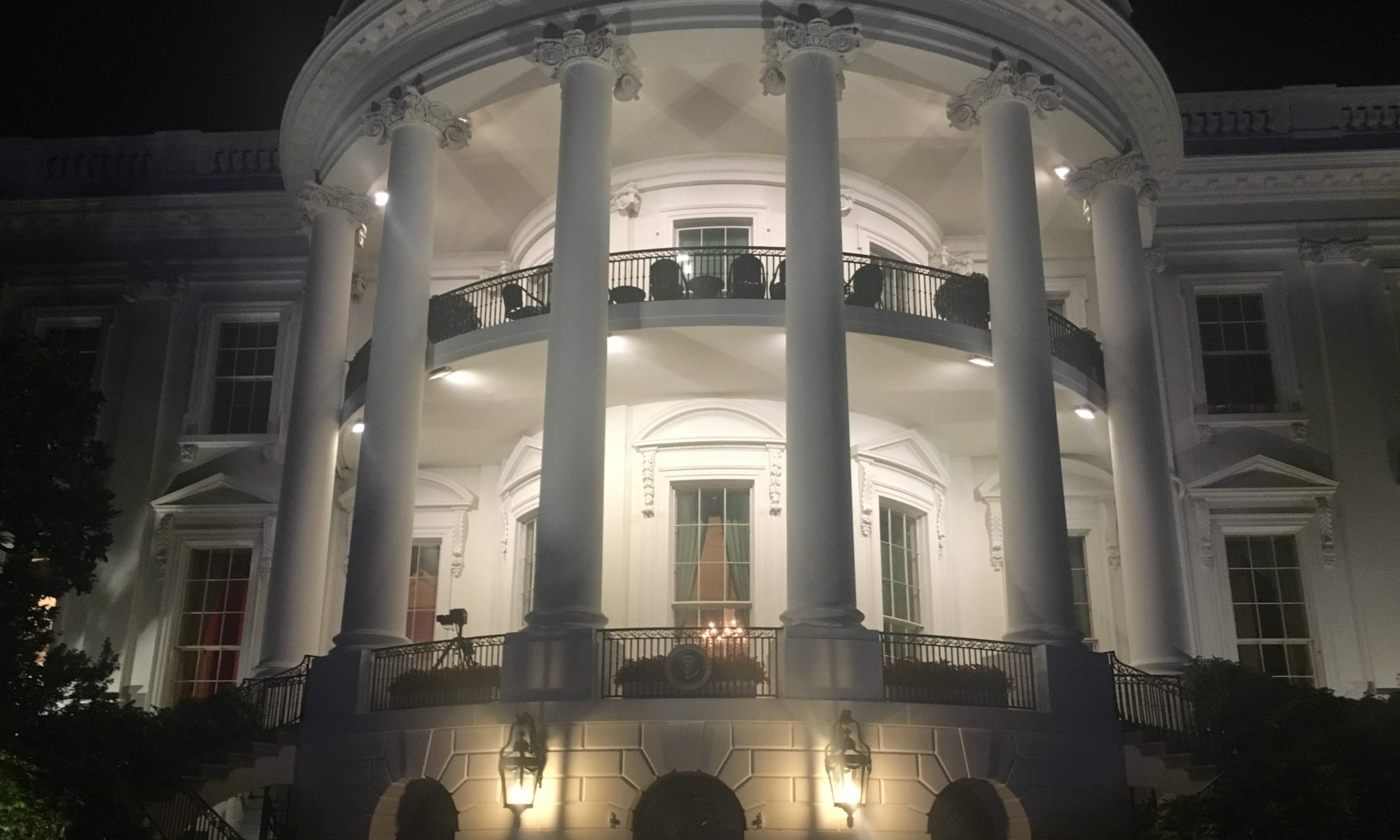April 17, 2019
Our Monday afternoons were jolted by images of the iconic Notre Dame de Paris engulfed in flames. Horrified, we watched video footage of the roof of the cathedral obscured by billows of smoke, as 500 firefighters battled the blaze. Many of us posted our own pictures posing in front of the venerable landmark, since no trip to Paris was complete without a visit to Ile de la Cite to see the flying buttresses and rose windows firsthand.
The sight of Notre Dame on fire was jarring. We believed that this edifice, which has been a Paris landmark since 1345, was indestructible. After all, it withstood the French Revolution and the Nazis. While we were relieved that there was no sign of terrorism or arson, Notre Dame’s narrow escape from total destruction was a troubling reminder that nothing is permanent. A magnificent cathedral that took 200 years to build was nearly wiped out in a matter of hours by a conflagration with accidental causes.
The fire at Notre Dame provoked a range of reactions. For some, it was the realization that the time to travel is now, given the fact that climate change and geopolitical turmoil might render some wonders of the world out of reach. For others, it was a reason to wonder why there was virtually no coverage of the fire that erupted at the same time at the Al Aqsa Mosque in Jerusalem, which damaged a site that is more than 2000 years old, (Source: “Jerusalem’s Al Aqsa Mosque Fire Burns At the Same Time As Flames Engulf Notre Dame Cathedral in Paris,” by Tom O’Connor, Newsweek.com, 4/15/19). Yet others reacted to the news that luxury goods purveyors pledged 700 million euros for Notre Dame’s reconstruction within 24 hours of the fire, by launching a Gofundme to rebuild the three Black churches that were burned to the ground in an act of racist terror.
While these are all valid reactions to the blaze at Notre Dame, the truth is that it is nothing so much as a reminder that we can take nothing for granted. Notre Dame was vulnerable to such a catastrophic fire because it was undergoing long overdue maintenance and it is possible that insufficient thought was given the risks that 21st century renovations pose to a 14th century landmark (Source: “Notre Dame Attic Was Known as ‘The Forest.’ And It Burned Like One,” by Aurelien Breeden, Elian Peltier, Liz Alderman and Richard Perez-Pena, The New York Times, 4/16/19). In a similar fashion, too many of us go blithely through life with the naive notion that progress is always a forward motion that brings unalloyed good and that the arc of history bends toward justice.
“Object permanence,” the developmental milestone we mark in toddlers, is the understanding that objects continue to exist despite our inability to directly perceive them in that moment. Unfortunately, we don’t develop the concomitant understanding that things we value can cease to exist just as readily. We confuse object permanence with a law of nature like gravity. Our American combination of arrogance and optimism deludes us into thinking that our 243 year old flawed democracy will persist with no work on our part, conveniently forgetting the work that forced our “representative” democracy to actually begin to represent all Americans.
Like the French, who resisted protecting a treasure that is the physical embodiment of their national character with the 21st century fire prevention techniques common throughout the rest of Europe (Source: ibid), Americans believe that our democracy is impervious to destruction in the face of a host of malevolent actors hell-bent on just that. We need to face the fact that our government is in the hands of determined arsonists, armed with the torches and accelerant with which to incinerate our democracy. We are all firefighters now.

Yes we are Lisa — Cheers! Karole
Well said as always,